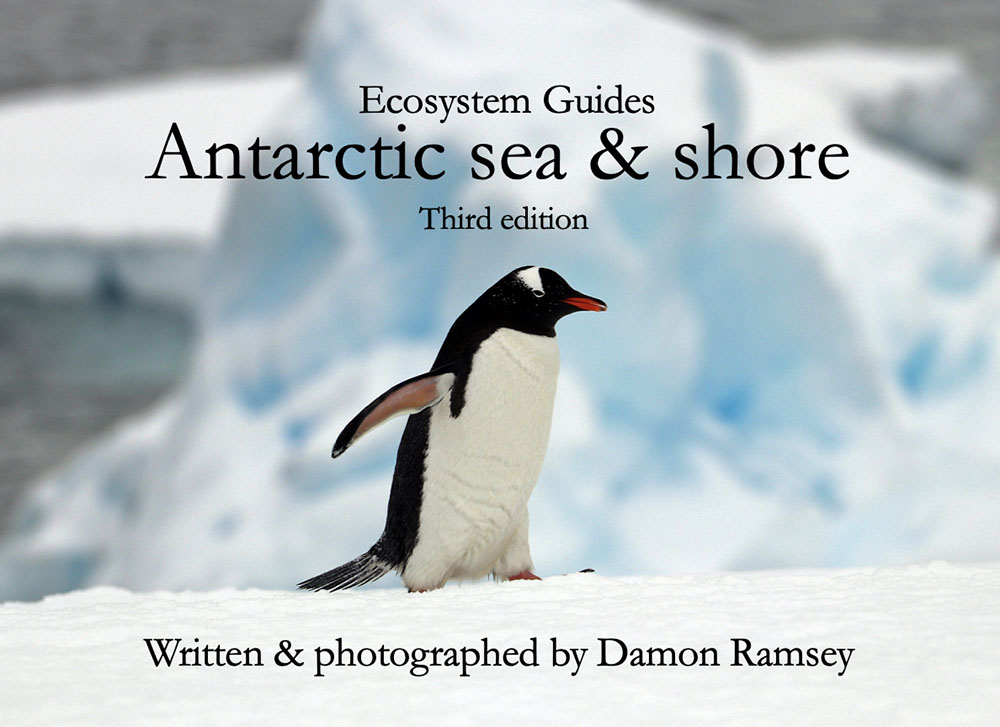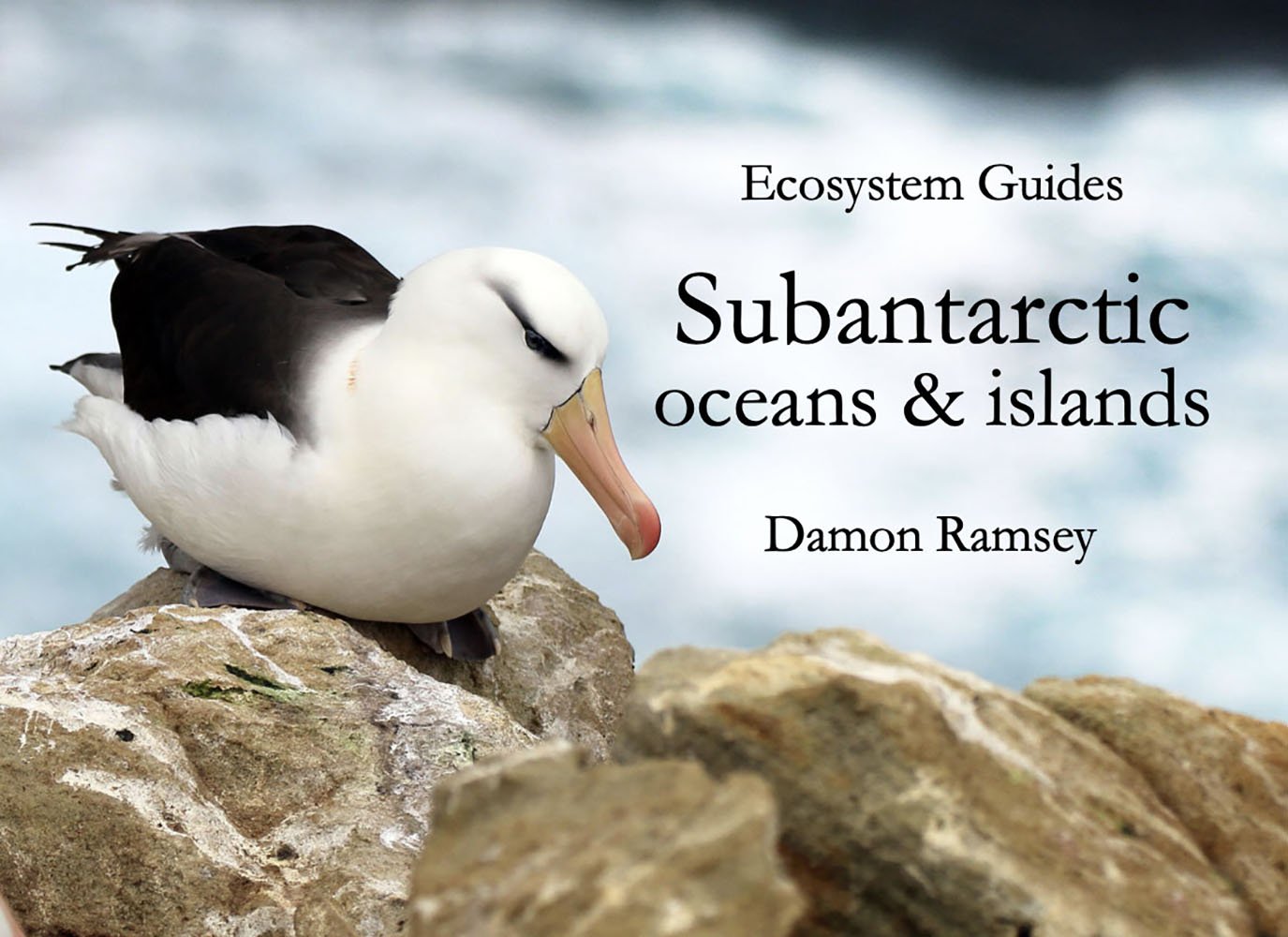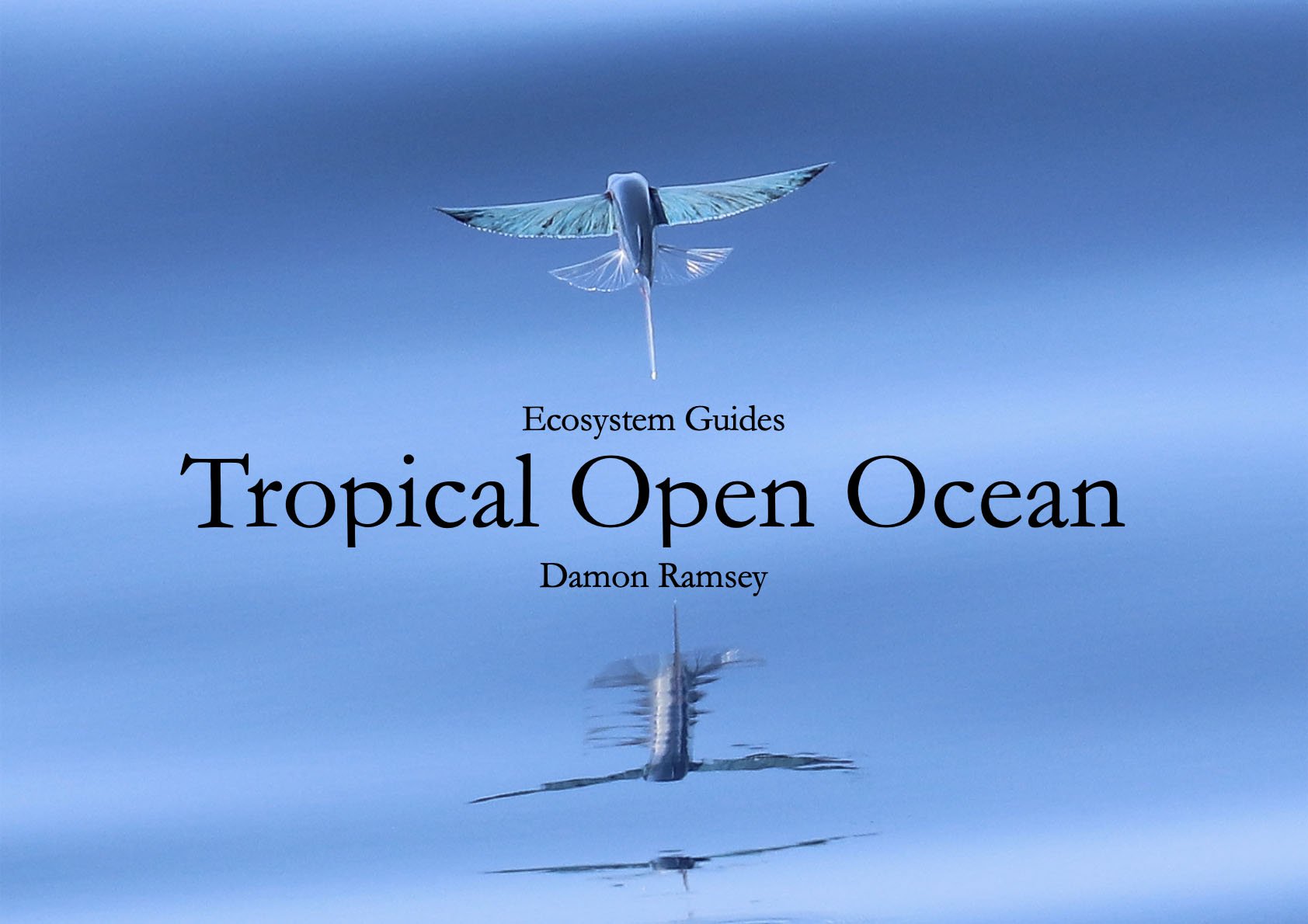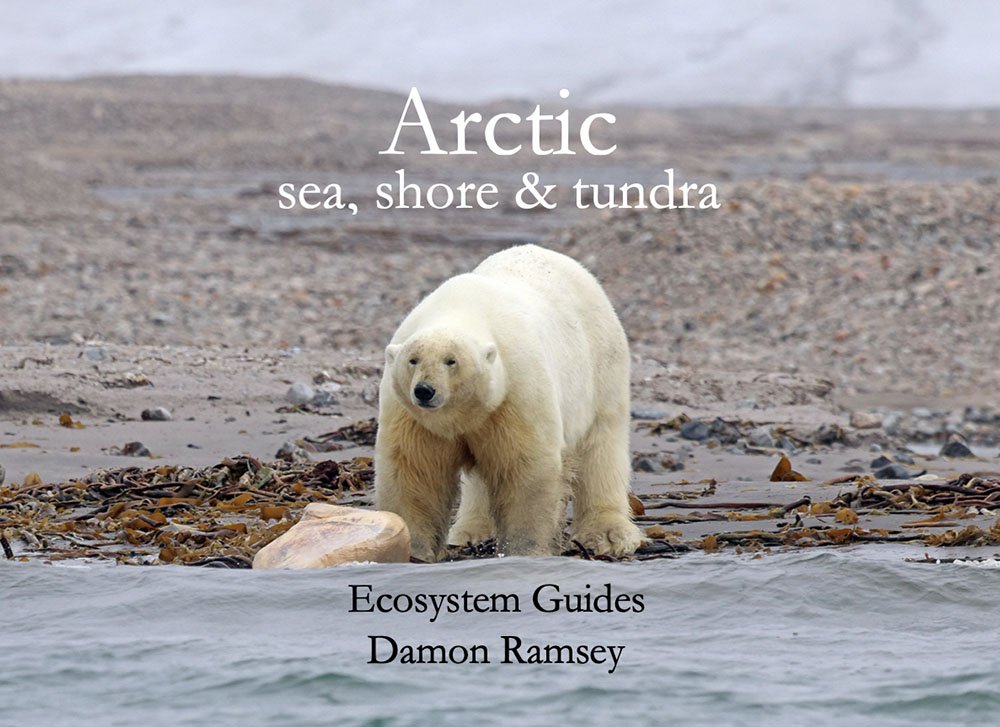ecosystem-guides.com
....exploring the planet's ecosystems
MADAGASCAR
Tropical Dry Deciduous Forest
The tropical dry forests and woodlands of Madagascar are safe from dangerous wildlife, and fascinating due to the amount of easily seen endemic species...
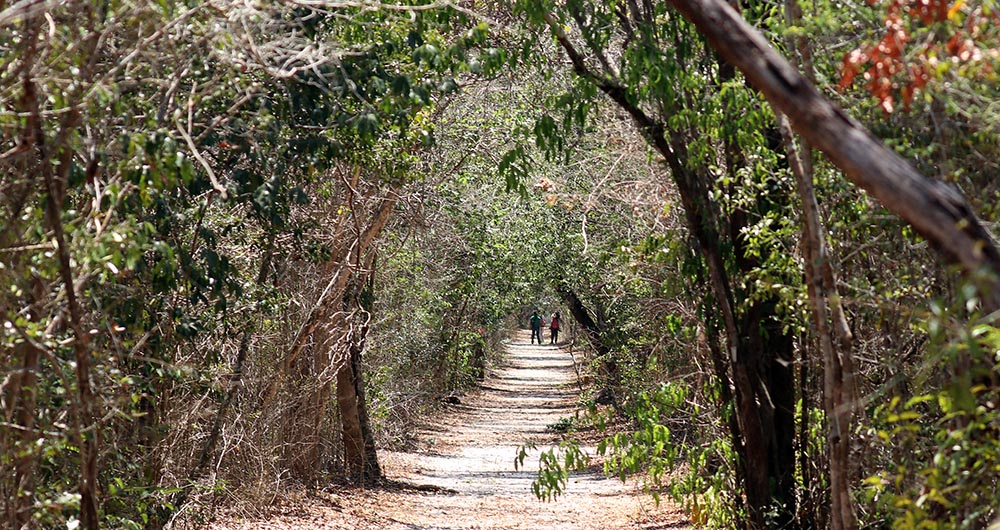
As with many of it's species, Madagascar has a large percentage of plants that are endemic. Of course the most famous and iconic group are the Baobabs of the genus Adansonia. This group is centred mainly in Madagascar, where there are 7 species. There are only another three species found outside this large island; two in Africa and one in Australia. There are several famous individuals of various species around the country. Below are the 'twin' north-western Baobabs.
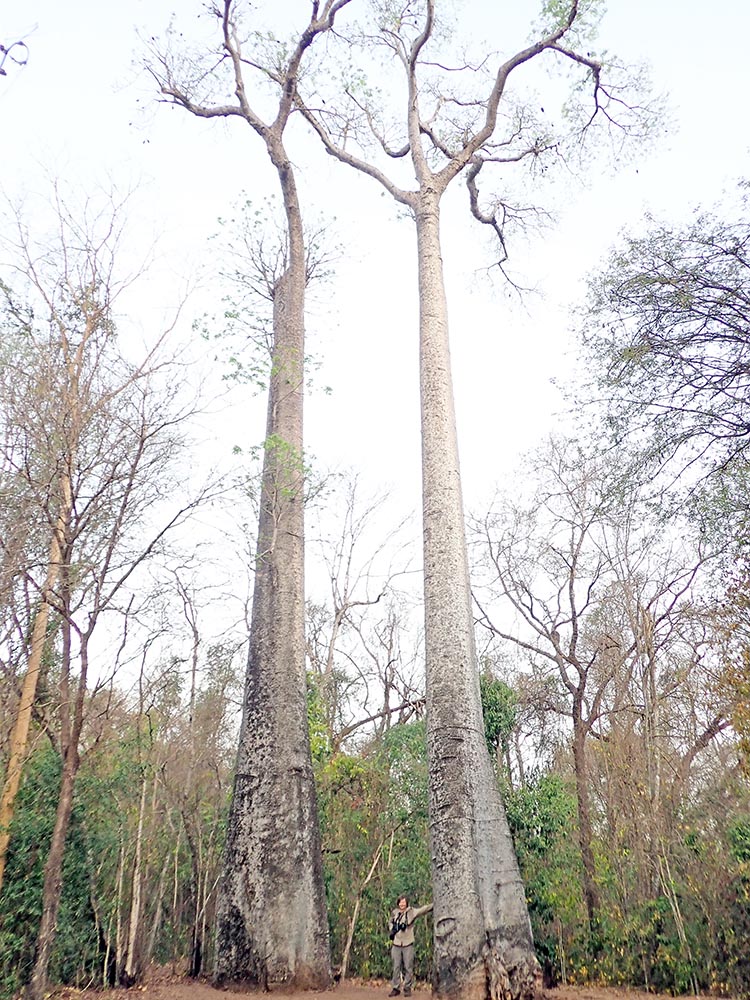 For scale, there is Malcom Turner. He is of normal size.
For scale, there is Malcom Turner. He is of normal size.Everything in the Madagascan woodlands seems weird and wonderful, including the insect life...
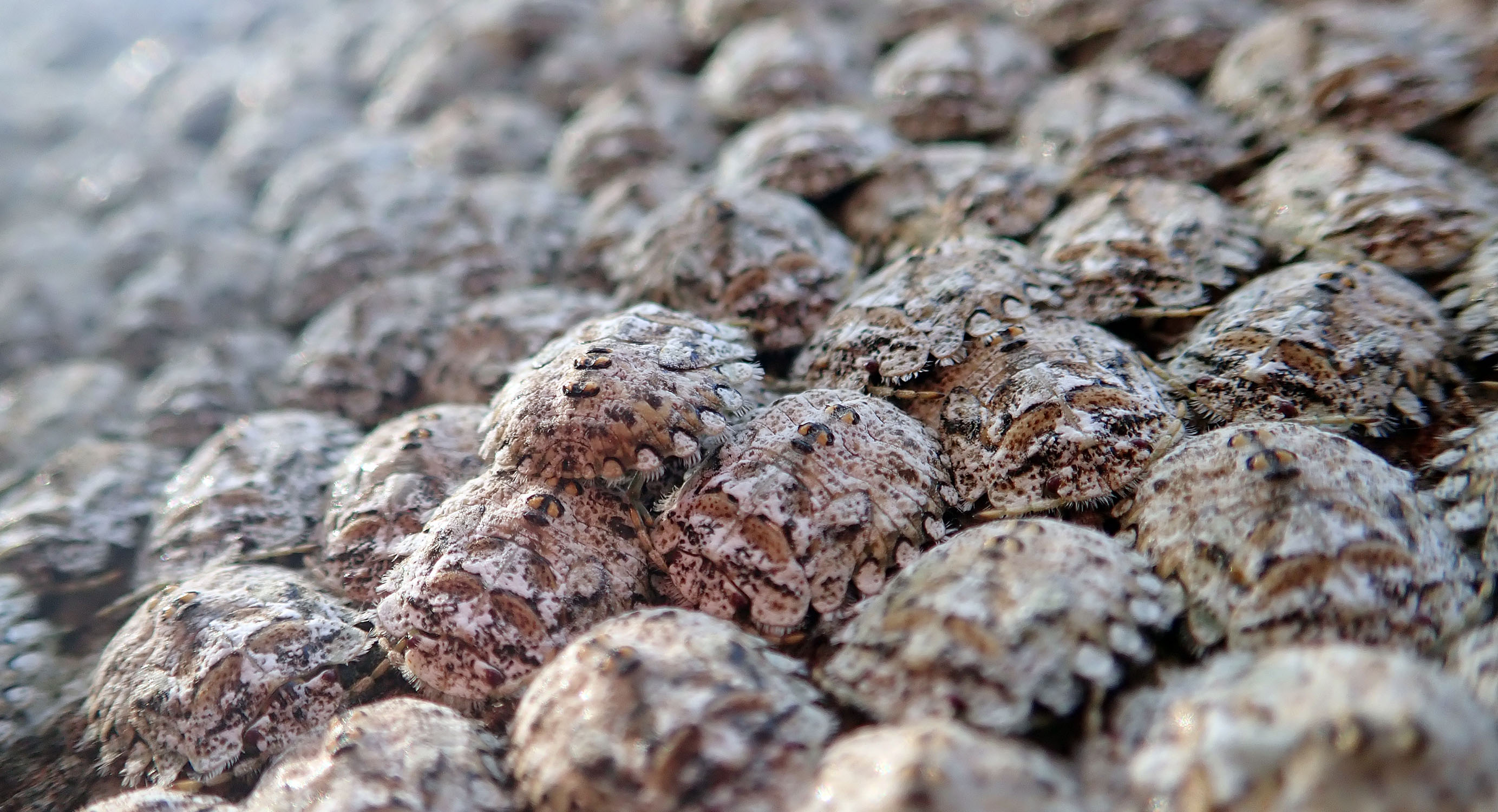
The Flatidae is a large family that is found around most of the world. They are a type of 'planthopper' that sucks out the phloem from plants. The adults resemble a small tent, but the nymphs are distinctively different, with their tail of waxy filaments making them look like part of the plant.
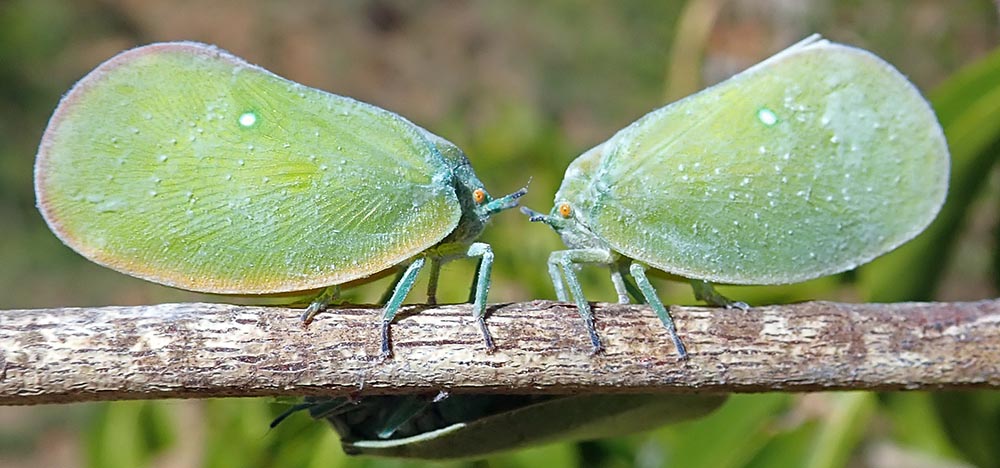
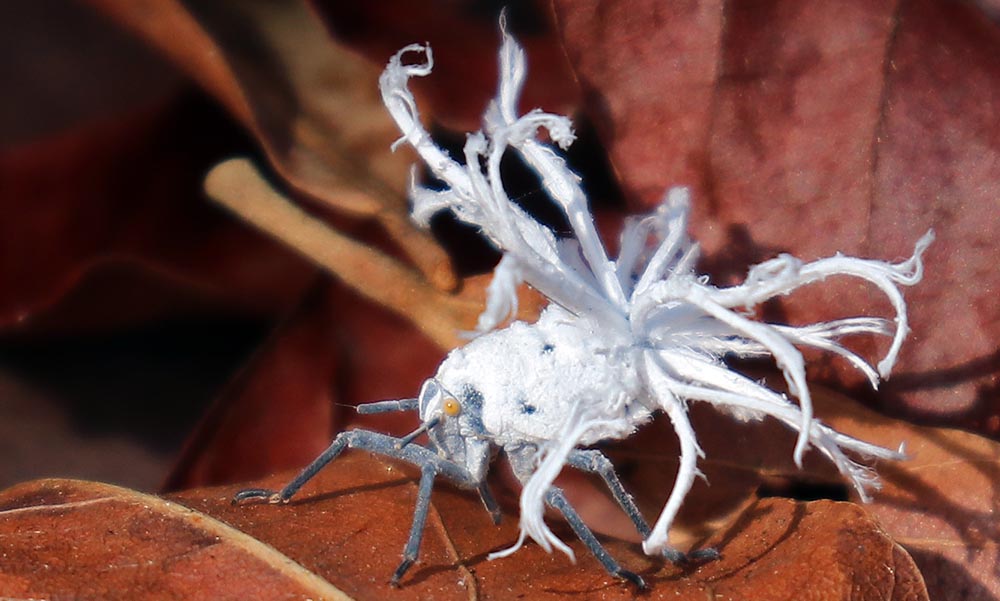
The reptiles of Madagascan drier woodlands include some of the countries most iconic species.
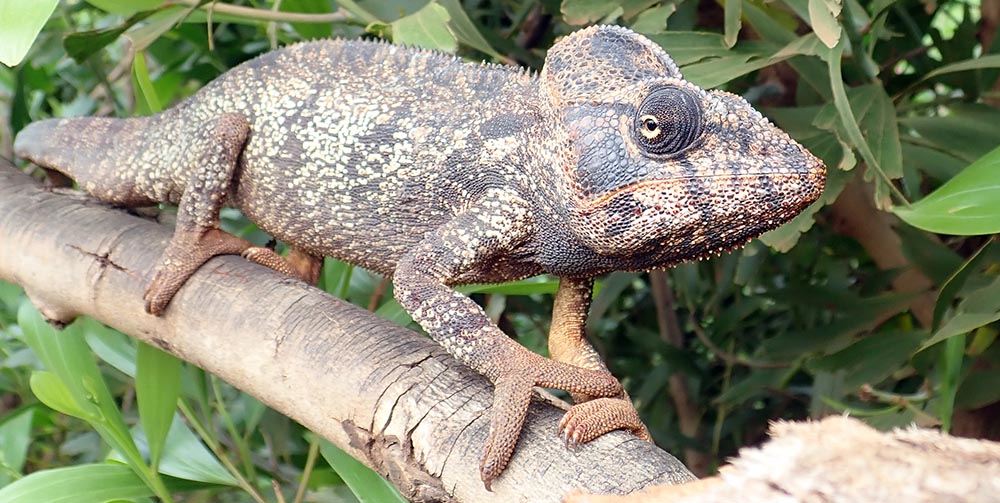 Furcifer oustaleti, 'Oustalets's Chameleon', 'Malagasy Giant Chameleon'.
Furcifer oustaleti, 'Oustalets's Chameleon', 'Malagasy Giant Chameleon'.The 'Flat-tailed' or 'Leaf-tailed Geckos' are endemic to Madagascar.
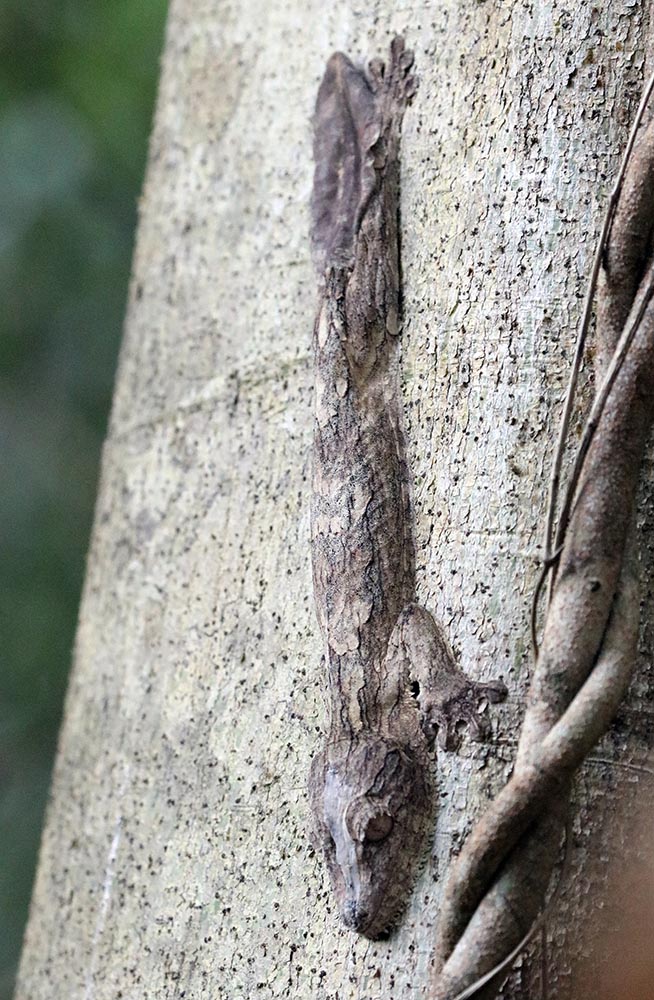 Uroplatus henkeli, 'Henkel's Leaf-tail Gecko'.
Uroplatus henkeli, 'Henkel's Leaf-tail Gecko'.The family Opluridae are known as the 'Madagascan Iguanas', and includes the 'Swift Lizards'.
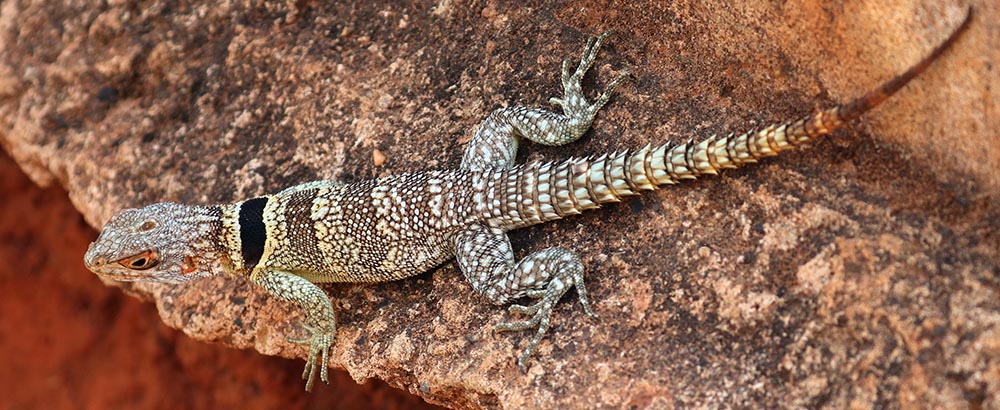 Oplurus cuvieri, 'Cuviers' Madagascar Swift'.
Oplurus cuvieri, 'Cuviers' Madagascar Swift'.The Family Gerrhosauridae includes the Plated Lizards...
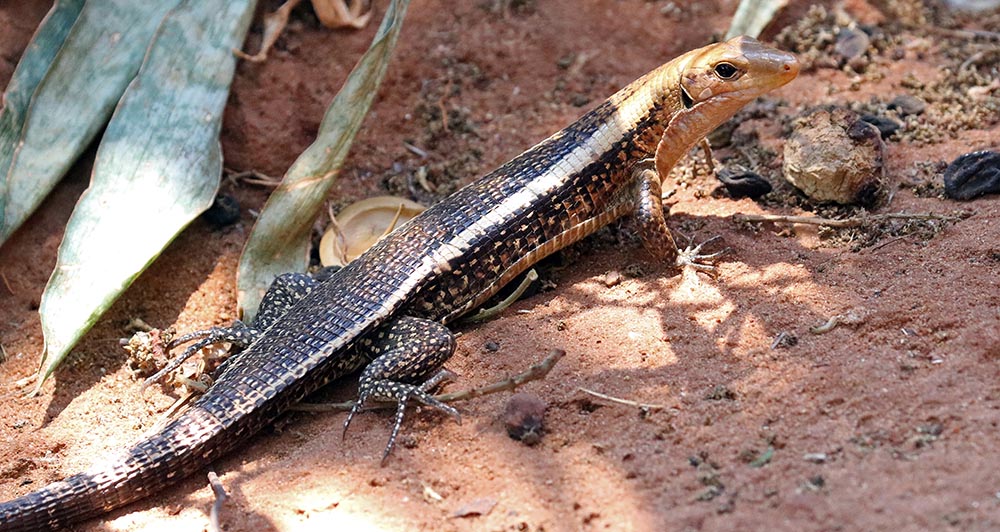 Zonosaurus madagascariensis, 'Western Plated Lizard'.
Zonosaurus madagascariensis, 'Western Plated Lizard'.One of the most spectacular types of snake in Madagascar are the 'Hognose Snakes'. It is rather python like in size and movement, but with a distinctive upturned 'hog nose' for digging, for it often eats the eggs of Swift Lizards.
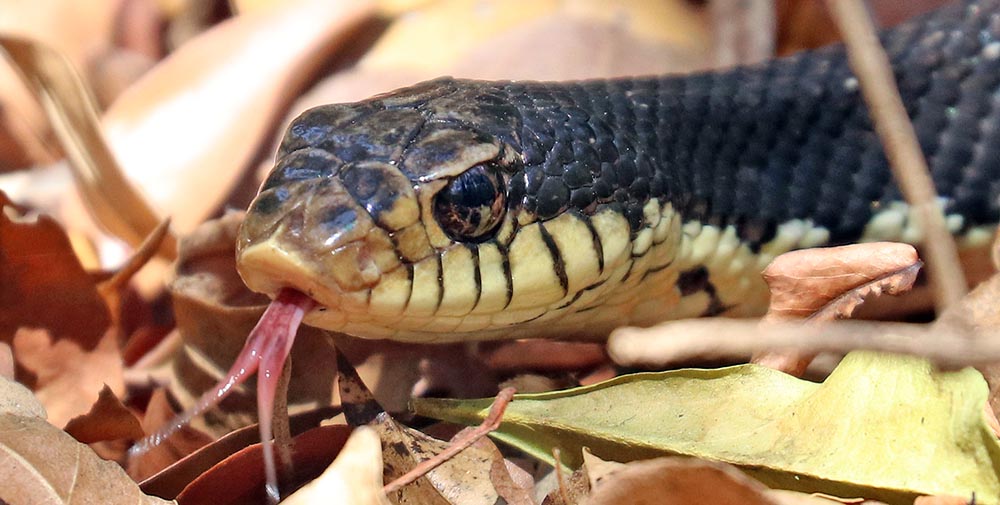 Leioheterodon madagascariensis, 'Giant Hognose Snake'.
Leioheterodon madagascariensis, 'Giant Hognose Snake'.The drier woodlands of Madagascar are home to a great variety of endemic species of bird.
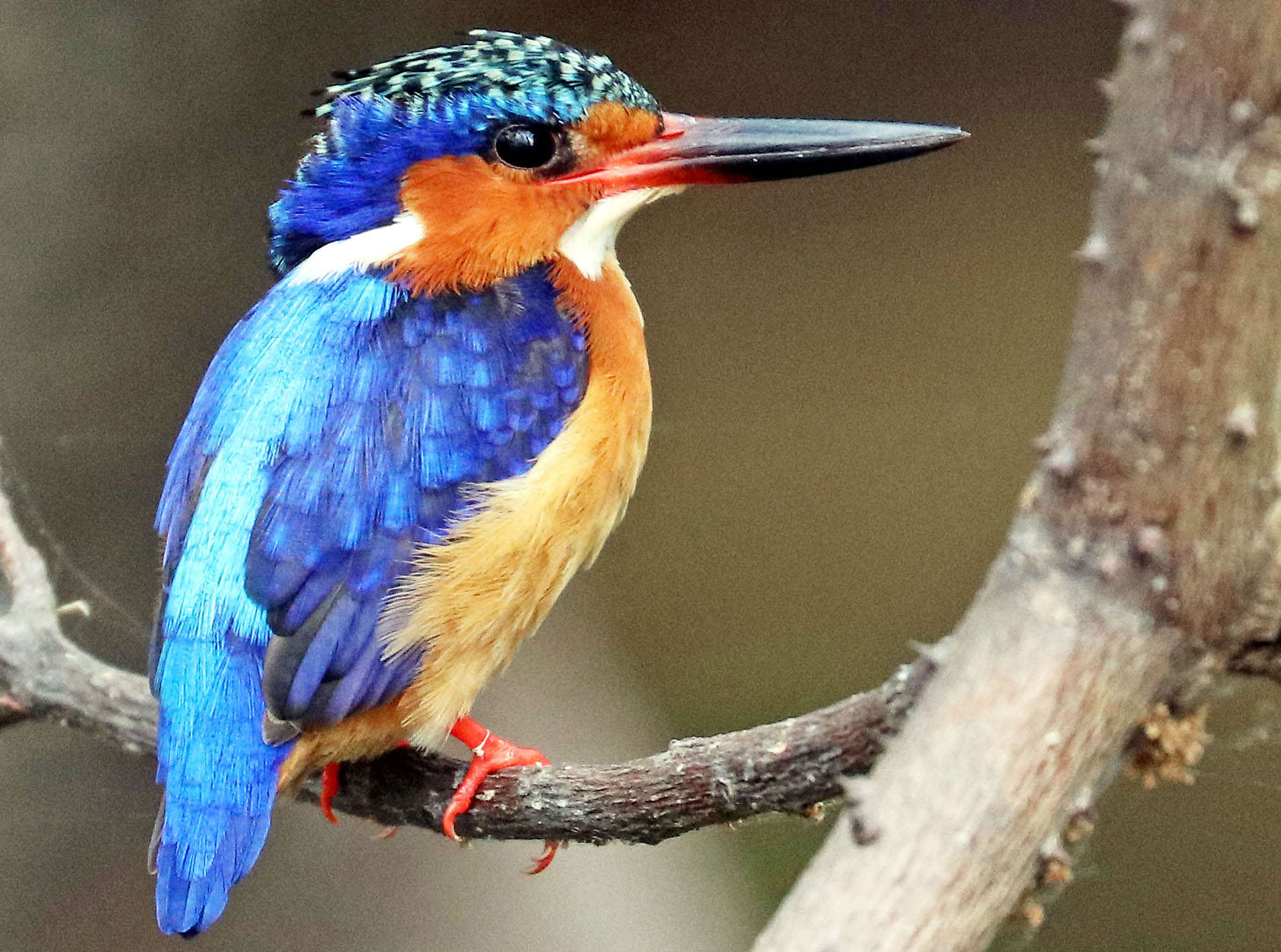 Madagascar Malachite Kingfisher
Madagascar Malachite KingfisherThe Mesites of the family Mesitornithidae are only found in Madagascar. They are shy and difficult to see.
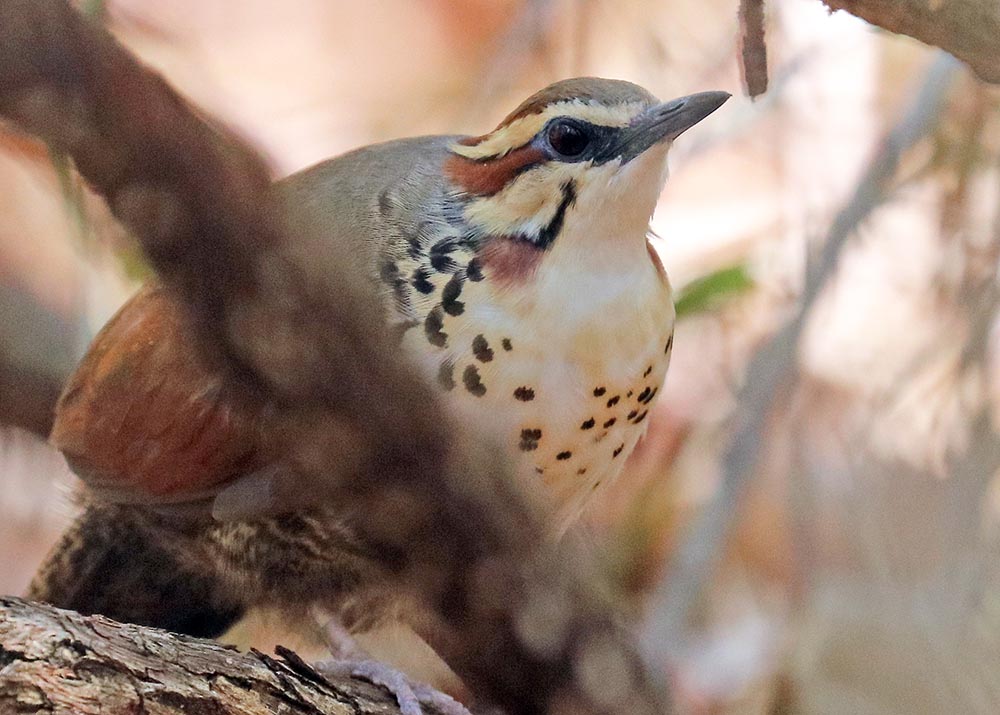 'White-breasted Mesite', (walking trail, Ankarafantsika National Park).
'White-breasted Mesite', (walking trail, Ankarafantsika National Park).Coua are only found in Madagascar. They are related to the ground-cuckoos, and typically have a patch of blue skin around the face. Of the nine species in Madagascar, six are found in the woodlands.
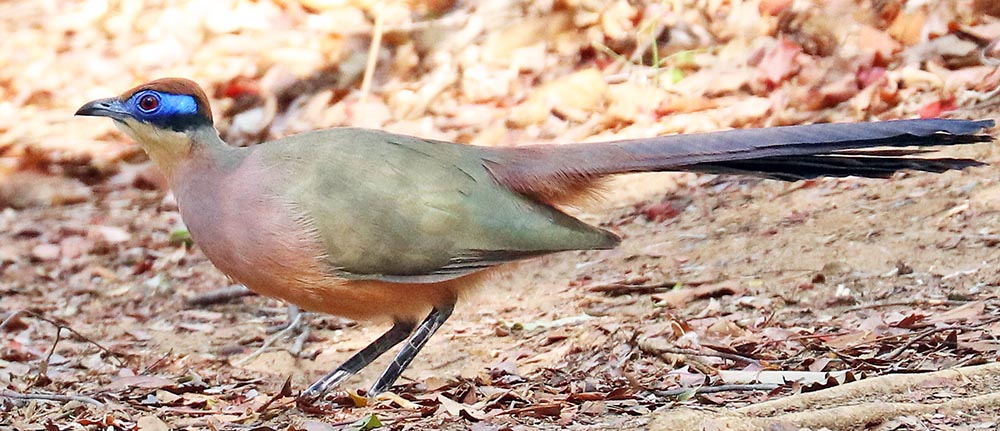 'Red-capped Coua'.
'Red-capped Coua'.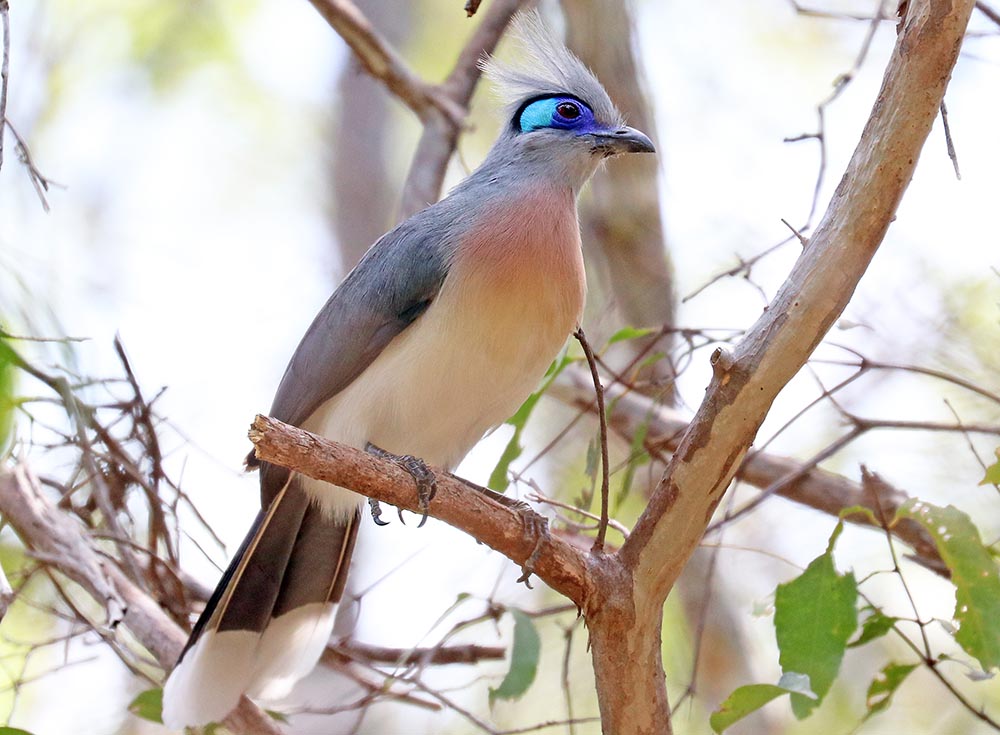 'Crested Coua'.
'Crested Coua'.Perhaps the most unusual looking bird of the Madagascan dry forest is the 'Cuckoo Roller'. This species is the only one in it's family (It is in a different family from the 'true rollers').
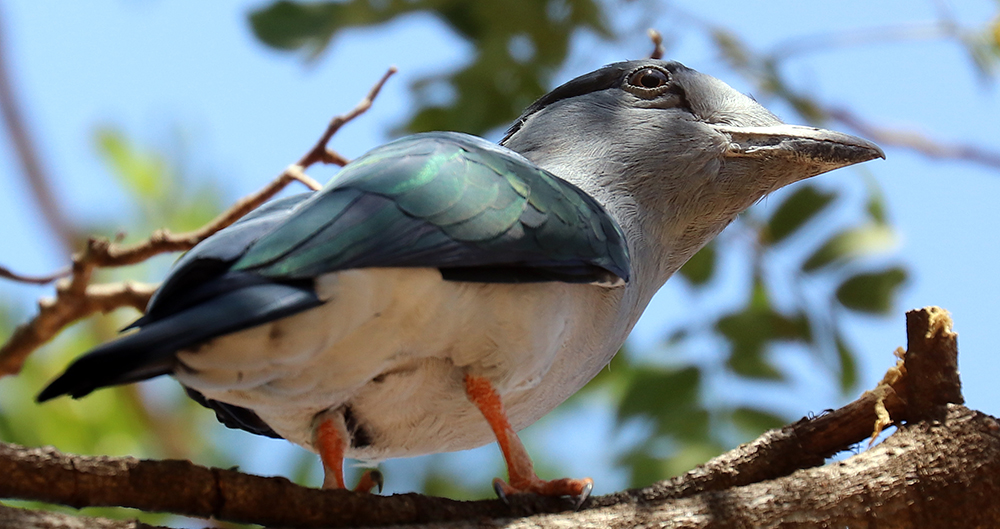 'Cuckoo-Roller' (Ankarafantsika National Park HQ).
'Cuckoo-Roller' (Ankarafantsika National Park HQ).The Asities of the family Philepittidae are a small group endemic to Madagascar.
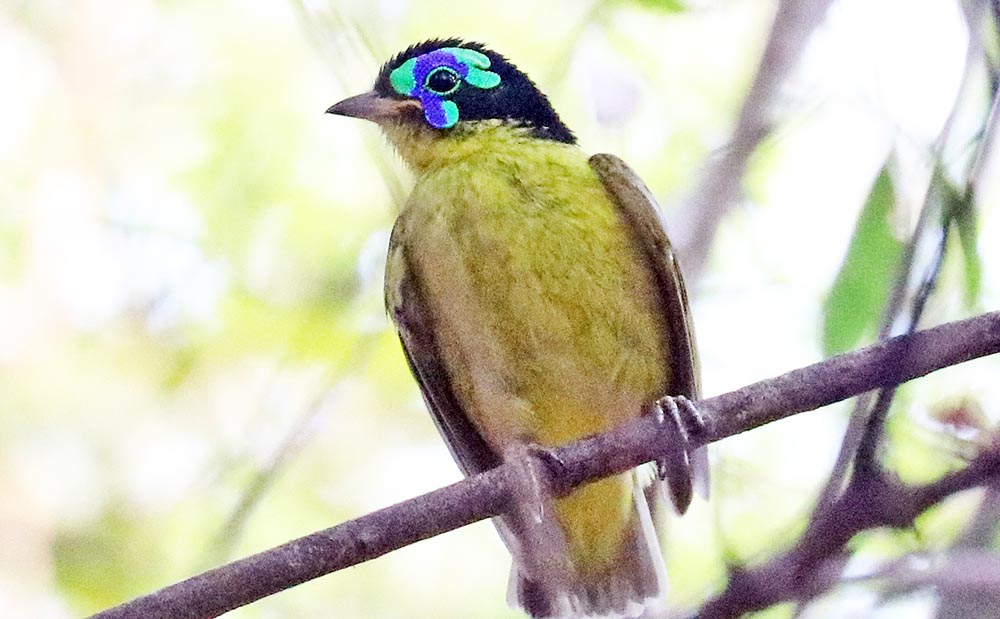 Philepitta schlegeli, 'Schlegels Asity'.
Philepitta schlegeli, 'Schlegels Asity'.The biggest family of birds in Madagascar are the Vanga. They once made up their own group endemic to Madagascar, but this family has been expanded to include species in Africa and Asia. Within Madagascar, this fascinating group of related birds has exploded into a range of niches, and thus there are many very different looking species.
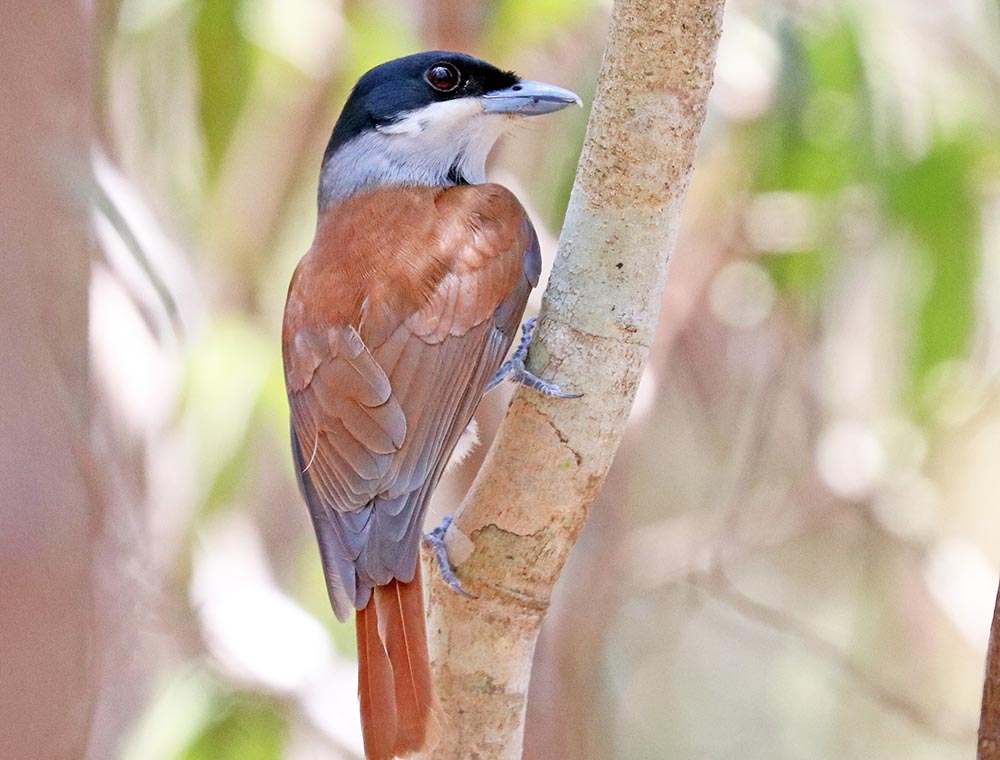 Schetba rufa, 'Rufous Vanga'.
Schetba rufa, 'Rufous Vanga'.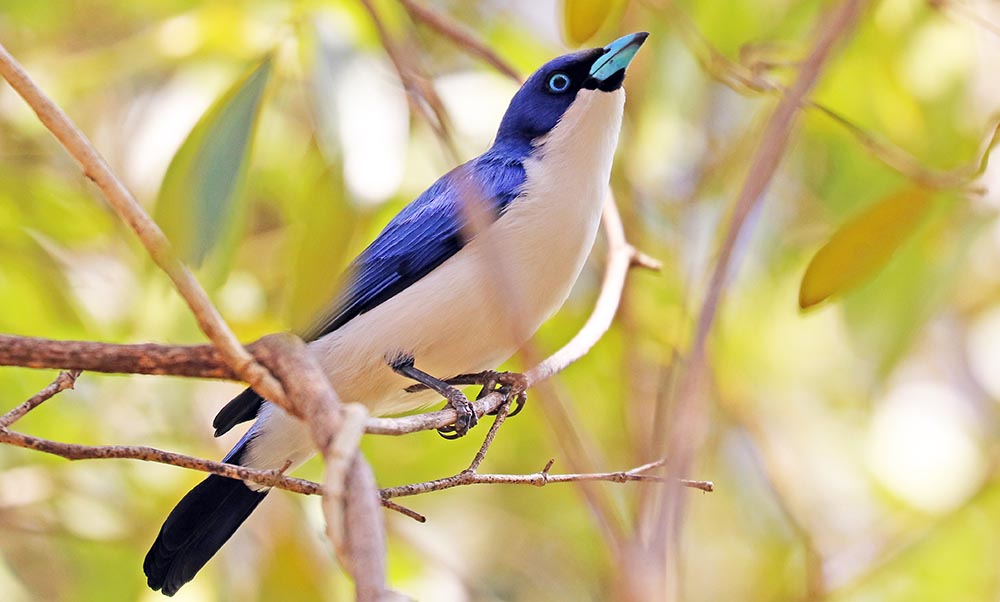 Cyanolanius madagascarinus, 'Madagascan Blue Vanga'.
Cyanolanius madagascarinus, 'Madagascan Blue Vanga'.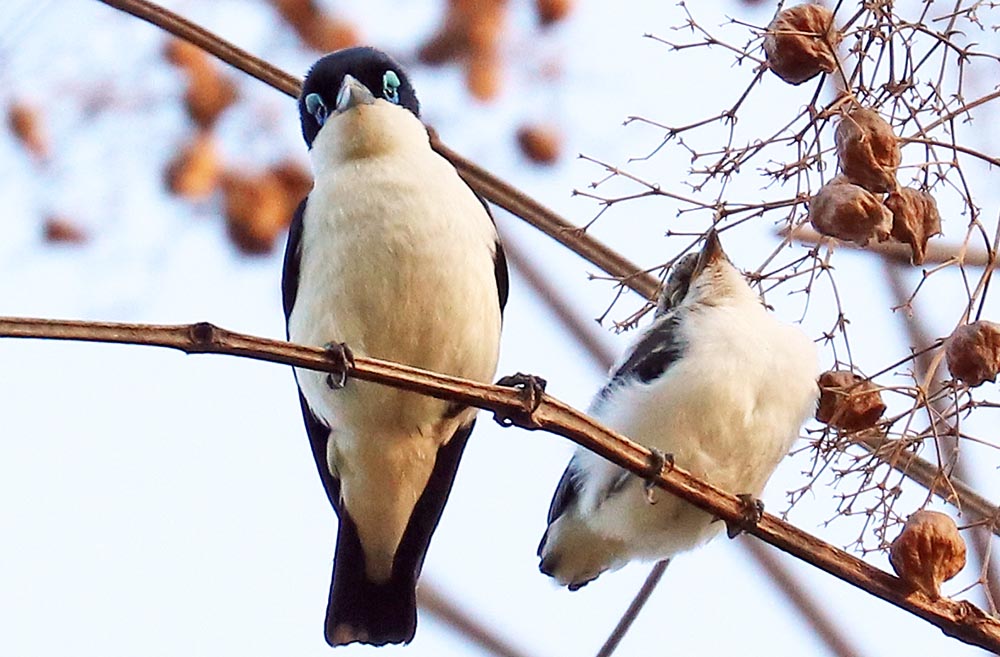 Leptopterus chabert, 'Chabert Vanga'.
Leptopterus chabert, 'Chabert Vanga'.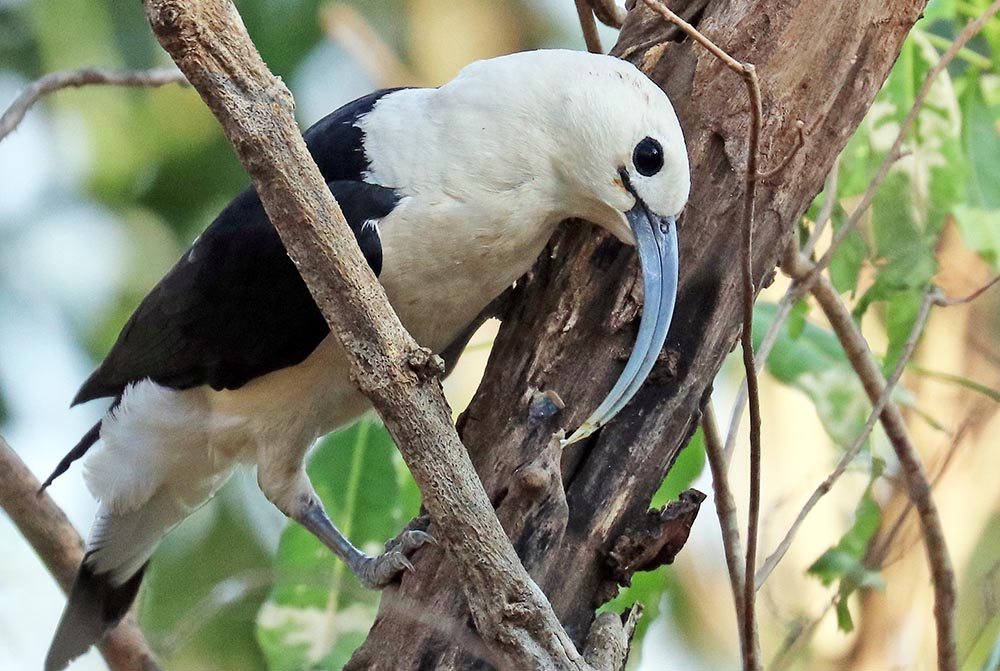 Falculea palliata, 'Sickle-bill Vanga'.
Falculea palliata, 'Sickle-bill Vanga'.While the mammals of the woodlands of Madagascar are not dominated by giants like neighbouring Africa, there is an astonishing diversity of fascinating species, almost all of which are found nowhere else on Earth...
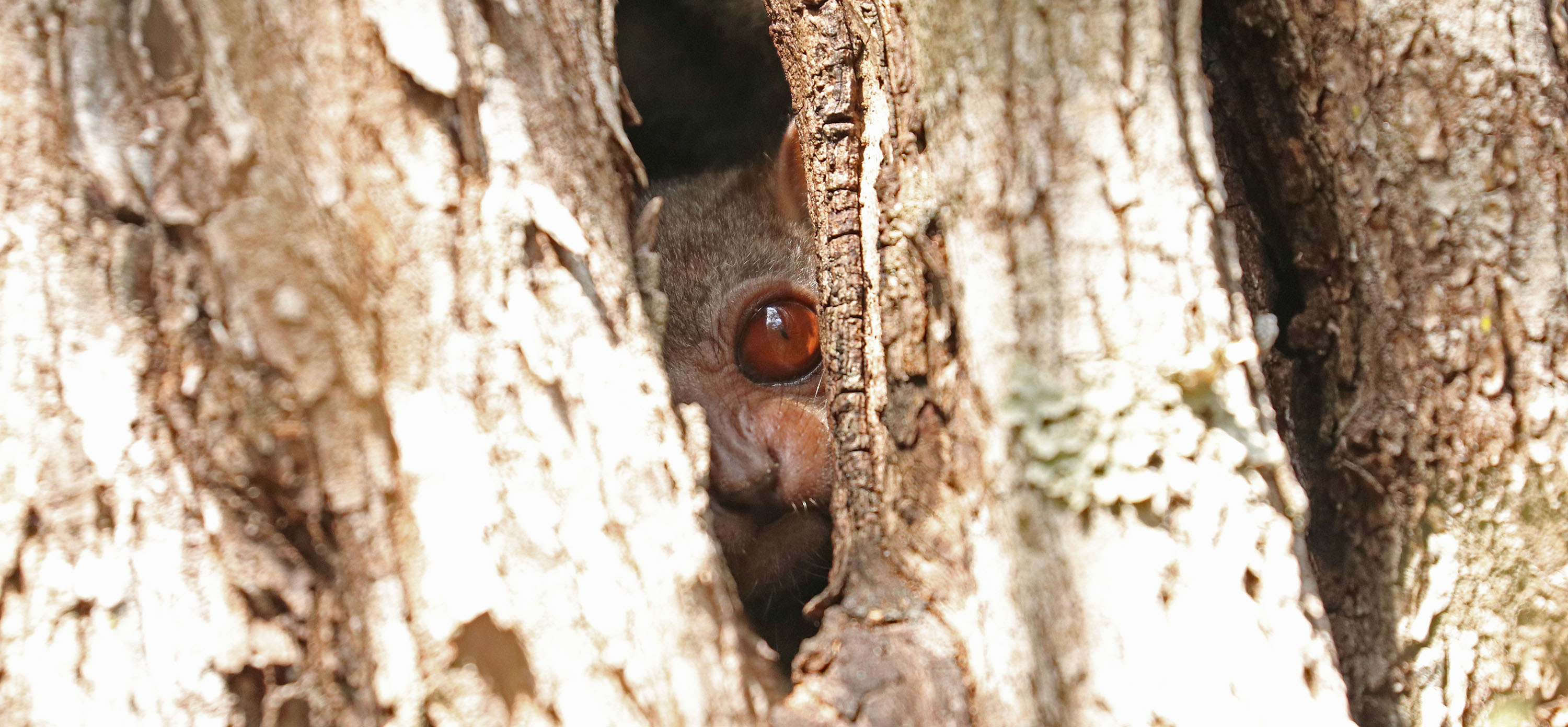 Some of the nocturnal species of Lemur can be seen looking out from their bed in the daytime.
Some of the nocturnal species of Lemur can be seen looking out from their bed in the daytime.The family Tenrecidae include the 'Tenrecs'.
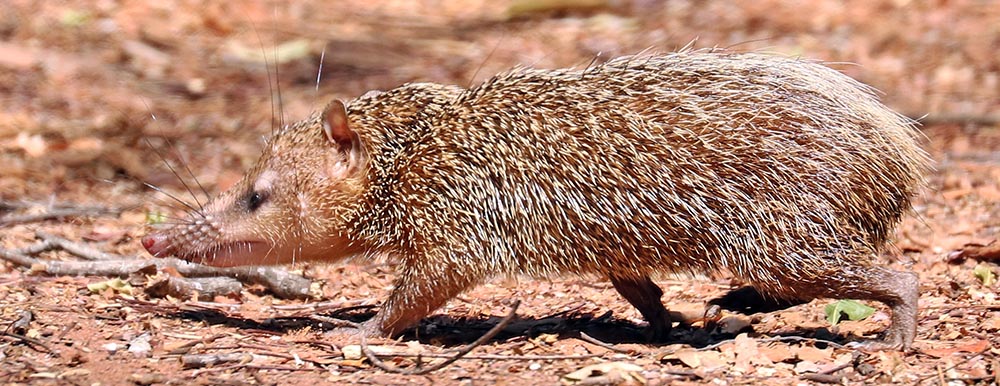 Setifer setosus, 'Greater Hedgehog Tenrec', 'Sokina'.
Setifer setosus, 'Greater Hedgehog Tenrec', 'Sokina'.The Lemurs of the drier woodlands include the famous 'dancing of the Sifaka', as they leap across the ground.
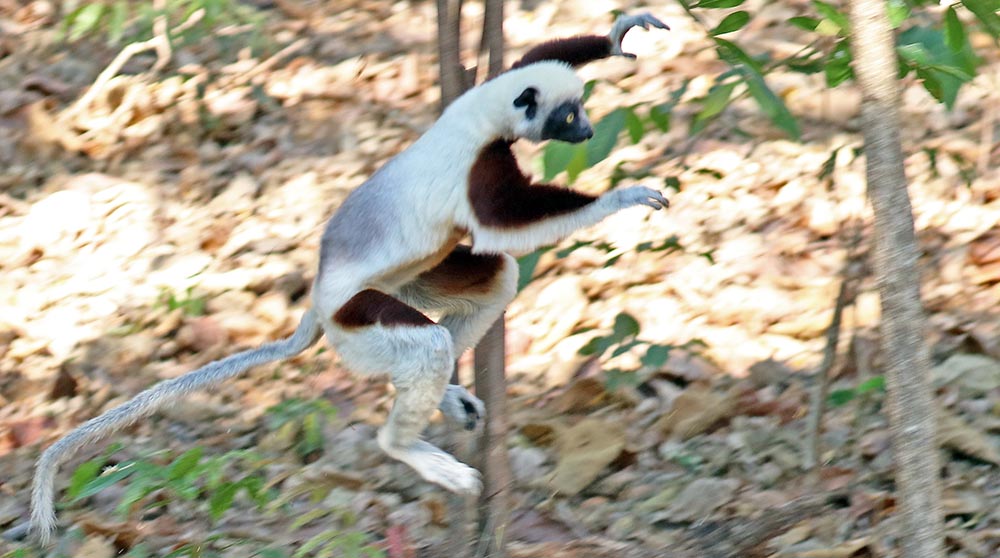
the Common Brown Lemur...
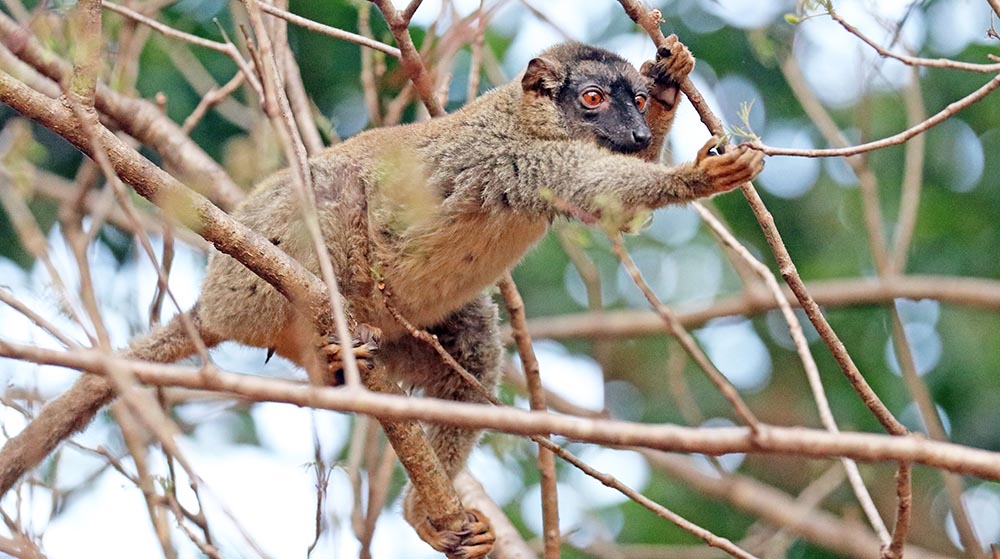 'Common Brown Lemur'
'Common Brown Lemur'some lemurs are small and nocturnal...
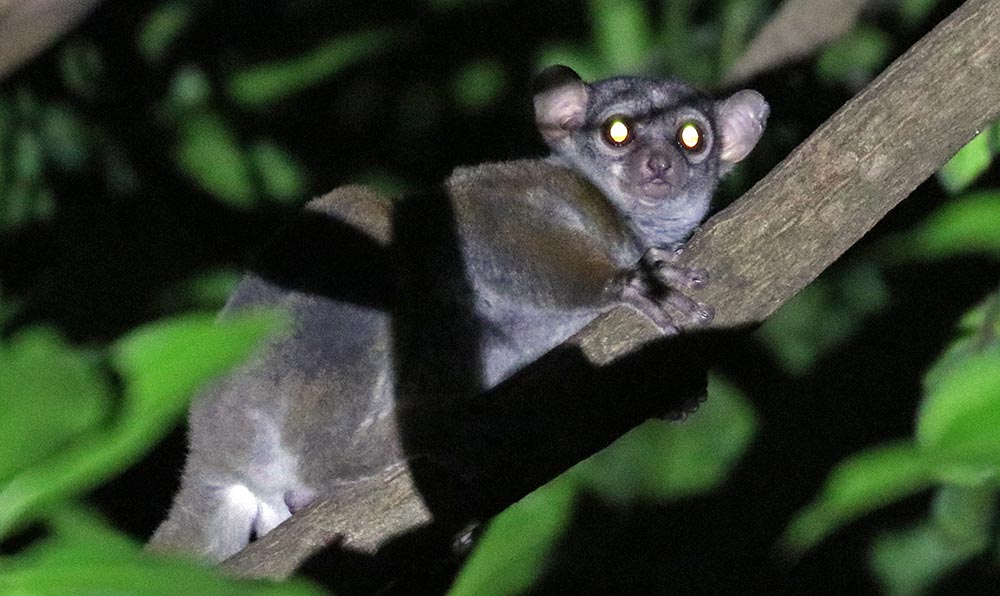 Milne-Edwards Sportive Lemur
Milne-Edwards Sportive Lemur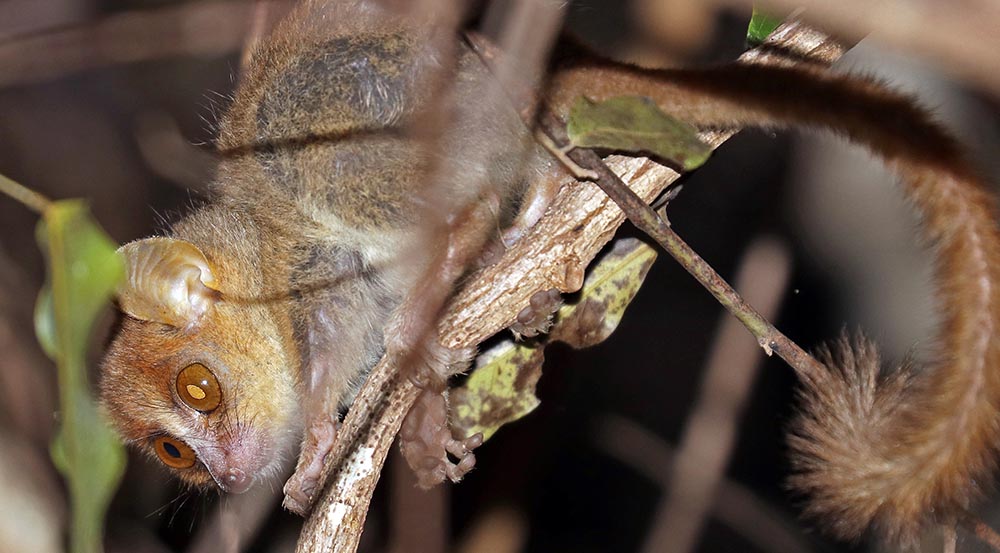 Golden-brown Mouse Lemur
Golden-brown Mouse LemurPlaces to experience the Madagascan dry forest & woodlands
The biggest and best park for tropical woodlands is Ankarafantsika National Park. Isalo National Park has a mix of more open arid habitats, but with pockets of woodlands.
